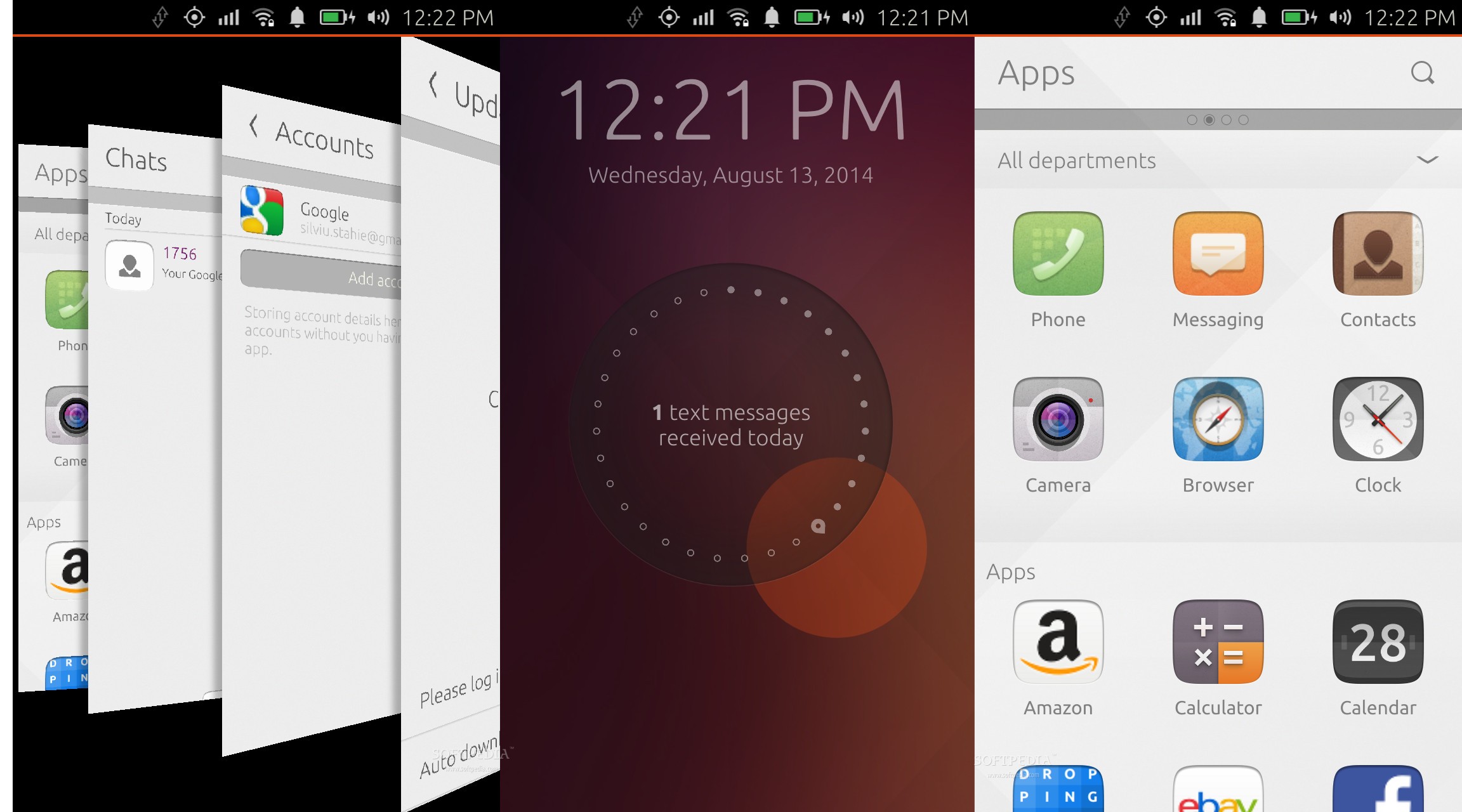

- Ubuntu multitouch install#
- Ubuntu multitouch driver#
- Ubuntu multitouch series#
If you have a touch screen, you can use the option on the touch screen.
Option "HorizontalScrolling" "True" - If you want to be able to scroll side to side. Option "TappingDrag" "True" - When enabled, a tap followed by a finger held down causes a single button down only, all motions of that finger thus translate into dragging motion. Most people like 0.2 for slower response and 0.5 for a faster response. The higher the number the faster the pointer goes. Option "AccelSpeed" "0.3" - Changes the acceleration speed of the pointer. Adaptive is recommended as it changes vs your input. This helps make the speed of your mouse finger to be a bit more natural and less sluggish feeling. Option "AccelProfile" "adaptive" - Enables the mouse acceleration profile. Option "DisableWhileTyping" "True" - Enabled by default but if you like here is the setting. Once enabled, it allows two fingers tap to activate a right click. If you leave this option out it causes you to have to physically click the touchpad to activate a mouse click or use the lower buttons. Option "Tapping" "True" - This allows you to use your finger and tap the mouse to click. Option "SendEventsMode" "disabled-on-external-mouse" - When a USB mouse is detected it disables the touchpad. Here are the following options that are most common (These options are added to /usr/share/X11//*nf): sudo libinput-list-devices - This shows you all the devise recognized by libinput and show you the state of the options. The 11 at the end is the hardware ID that was obtained from the previous command. This will also verify that libinput is working. xinput list-props 11 - Shows you all the options that are enabled and disabled. For example, my computer is ID 11 but yours might be different. Each computer displays a different number. xinput -list-devices - This gives you the hardware id of the touchpad. Reboot the computer and test the issues have been resolved. Once completed, click the Save Button on the upper right and then Exit out the window. Option SendEventsMode disabled-on-external-mouse Ubuntu multitouch driver#
Now find the section that has the wording - Identifier libinput touchpad catchall and type in the following changes between the lines MatchDevicePath /dev/input/event* and Driver libinput:.Run the following command to edit the file followed by pressing the Enter key ( Figure 5):.This enables some extra features and improves the overall feel of the touchpad. The last step is to add in the extra options to the libinput configuration file.Add in options to the libinput configuration file:.Once completed, click the Save Button on the upper right corner and Exit out of the window.

Comment out the Touchpad catchall section, by adding the pound sign (#) at the beginning of every line in the section ( Figure 4).Depending on your model, the number at the front may be different. Edit the nf file to block the old driver.
Ubuntu multitouch install#
Sudo apt-get install xserver-xorg-input-libinput-hwe-16.04 libinput-tools xorg-input-abi-24
Run the following command followed by pressing the Enter key:. Ubuntu multitouch series#
The Synaptics touchpad should not appear, if you still have the extra touchpad, retry the last series of steps before proceeding. Verify that the second mouse is disabled using the following command followed by pressing the Enter key ( Figure 3):.Once completed, click the Save Button on the upper right and then Exit out the window and Reboot your computer. # Having multiple touchpad devices running confuses syndaemon # Disable generic Synaptics device, as we're using.Sudo gedit /usr/share/x11//*nfĪdd the following text to the bottom of the file: Edit the nf file by running the following command and pressing Enter ( Figure 2):.NOTE: Your Id number is different as each computer pulls and assigns the ids differently.






 0 kommentar(er)
0 kommentar(er)
